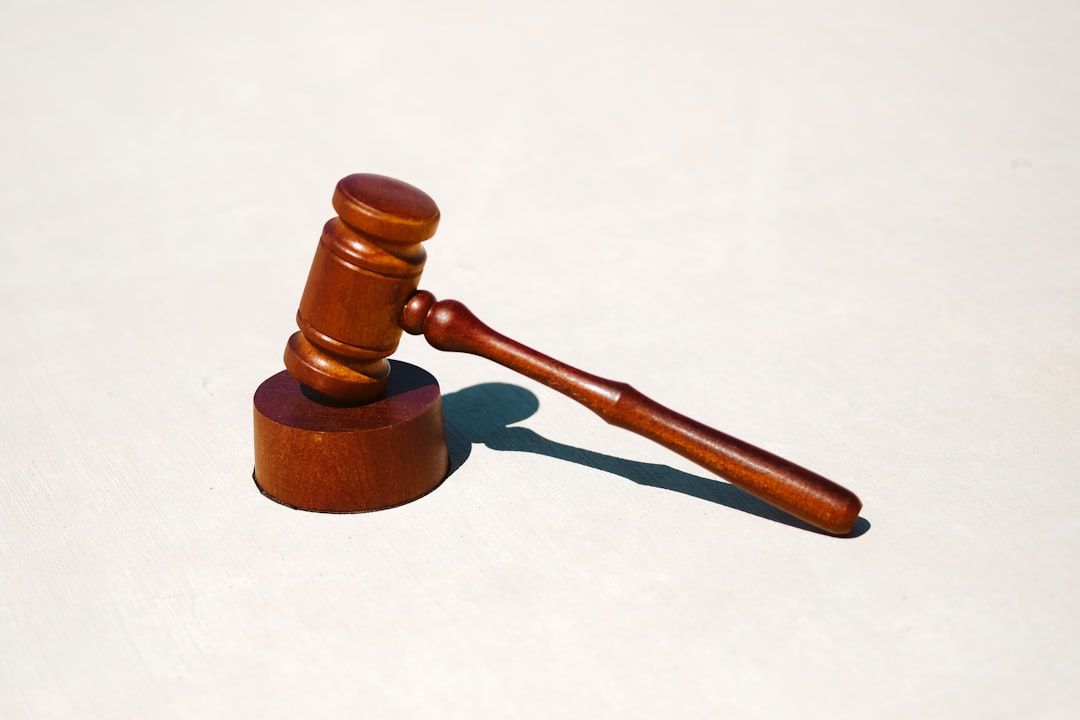Oregon's sexual abuse law firms navigate complex cases by understanding evidence rules focusing on reliability and relevance. Direct and circumstantial evidence are crucial, with courts valuing concrete facts. Witness testimonies, rigorously evaluated for credibility, and physical evidence like DNA analysis are essential tools for justice. Sexual abuse law firms leverage these to support survivors' allegations while adhering to Oregon's strict admissibility standards.
Navigating sexual abuse cases requires a deep understanding of admissible evidence standards in Oregon courts. This guide explores the types of evidence that can strengthen claims, focusing on direct vs. circumstantial proof, medical and psychological records, witness testimonies, and forensics. As a sexual abuse law firm in Oregon, we emphasize the importance of each component to ensure justice is served and victims receive the support they deserve.
Understanding Admissible Evidence Standards in Oregon

In Oregon, the rules regarding admissible evidence in sexual abuse cases are governed by state laws and court precedents. When it comes to sexual assault or abuse cases, understanding what constitutes admissible evidence is crucial for both plaintiffs and defendants. A sexual abuse law firm in Oregon would emphasize that relevant evidence must meet specific criteria to be considered valid and usable in court.
The standards for admissibility focus on ensuring the evidence is reliable and relevant to the case. This includes testimony from witnesses, medical records, DNA or forensic evidence, and any other material that can support or refute the allegations. Oregon courts have strict guidelines to protect victims’ rights while maintaining a fair trial, especially in sensitive cases like sexual abuse.
Direct vs. Circumstantial Proof in Sexual Abuse Cases

In sexual abuse cases, understanding the difference between direct and circumstantial evidence is crucial for a strong legal strategy. Direct proof involves eyewitness testimony or physical evidence that directly links the accused to the crime. For instance, if a victim can identify their assailant or provide a detailed description leading to an arrest, this constitutes direct evidence. In Oregon courts, such concrete proofs are highly valued as they offer undeniable facts about the incident.
Circumstantial proof, on the other hand, relies on inferences drawn from a series of events or circumstances surrounding the crime. This could include medical reports showing signs of abuse, inconsistent stories told by the accused, or evidence of a pattern of similar behavior. A sexual abuse law firm in Oregon would employ both types of evidence to build a compelling case, knowing that each has its place in legal proceedings and can significantly impact the outcome of a trial.
Documenting Medical and Psychological Records

Documenting medical and psychological records plays a crucial role in sexual abuse cases, serving as critical evidence that can help prove or disprove allegations. In Oregon courts, these records are admissible if they meet specific criteria. A sexual abuse law firm in Oregon often relies on comprehensive documentation to support their clients’ claims. Medical records can include physical examinations, diagnostic tests, and treatment notes that detail any injuries or health issues consistent with sexual assault. Psychological evaluations and therapy sessions are also valuable, as they capture the victim’s mental state, emotional trauma, and behavioral changes post-incident.
Psychologists and medical professionals who treat survivors of sexual abuse must maintain meticulous records, ensuring they include detailed descriptions of symptoms, patient histories, and diagnoses. These documents can serve as powerful tools in legal proceedings, helping to establish a clear timeline of events and the impact of the abuse on the victim’s well-being. When properly documented and presented, medical and psychological records can significantly contribute to the strength of a sexual abuse case.
Witness Testimonies: Credibility and Consistency

In sexual abuse cases, witness testimonies play a pivotal role in presenting evidence. However, the credibility and consistency of these testimonies are crucial elements that Oregon courts carefully consider. The law mandates that witnesses provide accurate and reliable accounts, free from manipulation or bias. A sexual abuse law firm in Oregon often prepares their clients to testify coherently and truthfully, ensuring their statements align with any physical evidence and other witness testimonies.
Consistency is key when it comes to witness credibility. Any discrepancies or contradictions in a witness’s story may raise doubts about the overall validity of their testimony. Therefore, both the prosecution and defense will scrutinize the details provided by witnesses, looking for internal consistency as well as consistency with external evidence. This thorough examination helps Oregon courts make informed judgments regarding the admissibility and weight given to witness testimonies.
Forensics and Physical Evidence: A Crucial Element

In sexual abuse cases, forensics and physical evidence play a pivotal role in upholding justice. This type of evidence is crucial in providing tangible proof to support allegations made by survivors. A sexual abuse law firm in Oregon understands the importance of collecting, preserving, and presenting these types of evidence to strengthen legal arguments.
Forensics can include DNA analysis, which has become an indispensable tool in identifying perpetrators and establishing a direct link between them and the victim. Other physical evidence, such as clothing fibers, hair samples, and bodily fluids, can provide additional insights into what transpired during the alleged abuse. These scientific methods help to corroborate a survivor’s testimony, offering a more comprehensive understanding of the incident while adhering to strict legal standards admissible in Oregon courts.




